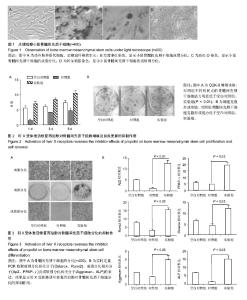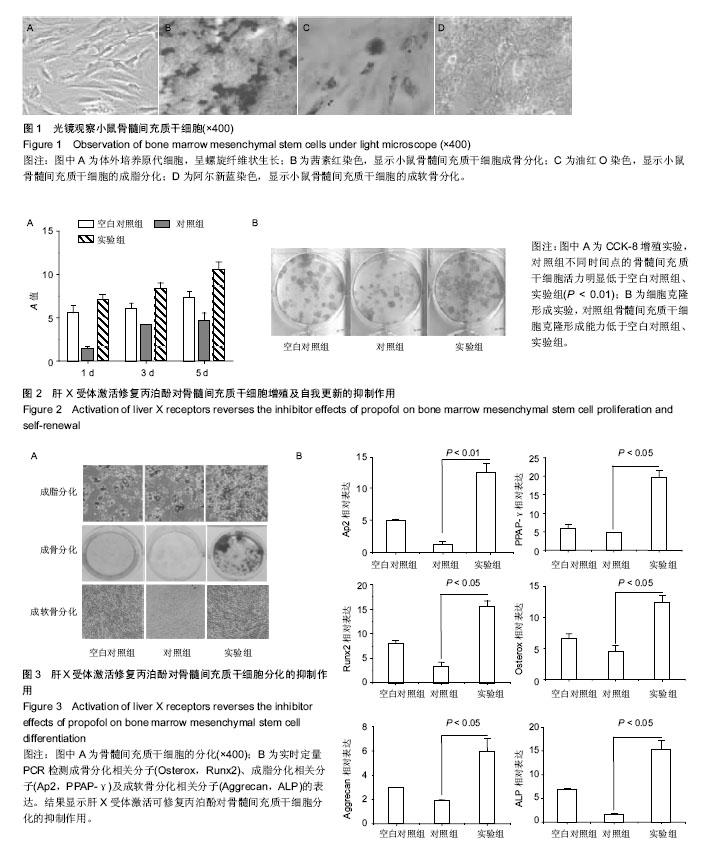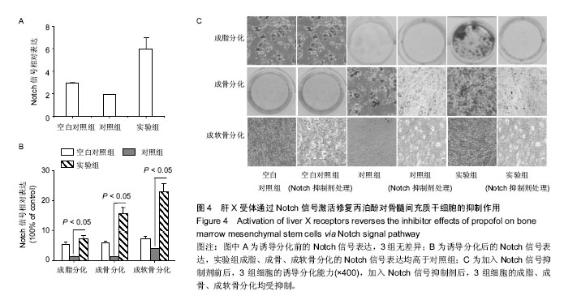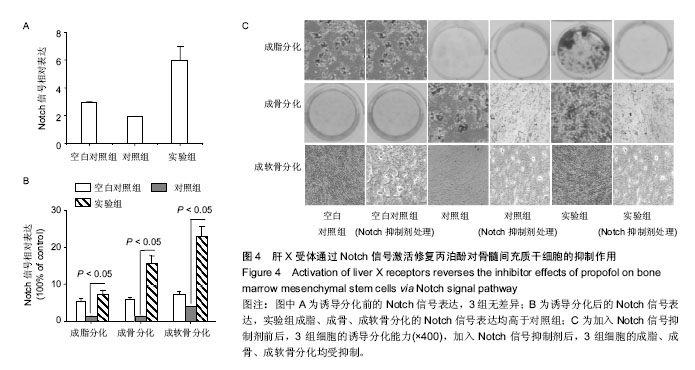| [1] Huang J,Jing S,Chen X,et al.Propofol Administration During Early Postnatal Life Suppresses Hippocampal Neurogenesis. Mol Neurobiol.2016;53(2):1031-1044. [2] Yang Y,Tang Y,Xing Y,et al.Activation of liver X receptor is protective against ethanol-induced developmental impairment of Bergmann glia and Purkinje neurons in the mouse cerebellum. Mol Neurobiol.2014;49(1):176-186. [3] Xu P, Xu H,Tang X,et al.Liver X receptor β is essential for the differentiation of radial glial cells to oligodendrocytes in the dorsal cortex.Mol Psychiatry. 2014;19(8):947-957. .[4] Gomaa S.The effects of general anaesthesia on memory in children.Anaesthesia.2014; 69:640-652.[5] Guo L,Xu P,Tang X,et al.Liver X receptor β delays transformation of radial glial cells into astrocytes during mouse cerebral cortical development. Neurochem Int. 2014;71:8-16. [6] Xu L,Tang X,Wang Y,et al.Radial glia, the keystone of the development of the hippocampal dentate gyrus.Mol Neurobiol. 2015;51(1):131-141.[7] Xu P,Li D,Tang X,et al.LXR agonists: new potential therapeutic drug for neurodegenerative diseases.Mol Neurobiol.2013;48(3):715-728.[8] Carulli AJ,Keeley TM,Demitrack ES,et al.Notch receptor regulation of intestinal stem cell homeostasis and crypt regeneration.Dev Biol.2015;402(1):98-108. [9] Anthony TE,Mason HA,Gridley T,et al.Brain lipid-binding protein is a direct target of Notch signaling in radial glial cells.Genes Dev.2005;19(9):1028-1033.[10] 黄庆波,艾青,刘尚文.Notch信号抑制剂(2S)-N-N-(3,5-二氟苯乙酰基)-L-丙氨酰-2-苯基甘氨酸叔丁酯对肾正常及肿瘤细胞c-myc的影响[J].中华实验外科杂志,2012,29(5):924-926.[11] Boareto M,Jolly MK,Goldman A,etal.Notch-Jagged signalling can give rise to clusters of cells exhibiting a hybrid epithelial/ mesenchymal phenotype.J R Soc Interface. 2016;13(118).pii: 20151106.doi: 10.1098/rsif. 2015.1106.[12] Zhao Y,Qiao X,Wang L, et al.Matrix metalloproteinase 9 induces endothelial-mesenchymal transition via Notch activation in human kidney glomerular endothelial cells.BMC Cell Biol.2016;17(1):21. [13] Kahle XU.The Next Notch: Mesenchymal Stem Cells The Next Notch: Mesenchymal Stem Cells and their influence on the Hodgkin Lymphoma Microenvironment, 2014. http://irs.ub.rug.nl/dbi/547d8b9fb3961[14] Matsushita K,Morello F,Wu Y,et al.Mesenchymal stem cells differentiate into renin-producing juxtaglomerular (JG)-like cells under the control of liver X receptor-alpha.J Biol Chem. 2010;285(16):11974-11982. [15] Matsushita K,Morello F,Zhang Z,et al.Nuclear hormone receptor LXRα inhibits adipocyte differentiation of mesenchymal stem cells with Wnt/beta-catenin signaling.Lab Invest.2016;96(2):230-238.[16] Parker Kerrigan BC,Lang PF.10-Mesenchymal Stem/Stromal Cell Recruitment by Central Nervous System Tumors. Mesenchymal Stromal Cells as Tumor Stromal Modulators. 2017:227-251.[17] Matsushita K,Morello F,Zhang Z,et al.Nuclear hormone receptor LXRα inhibits adipocyte differentiation of mesenchymal stem cells with Wnt/beta-catenin signaling.Lab Invest.2016;96(2):230-238. [18] Anderson JD,PhamMT,Contreras Z,et al.Mesenchymal stem cell-based therapy for ischemic stroke.Chin Neurosurg J.2016; 2(1):36.[19] Wei W,Xu C,Ye ZY,et al.Biological characteristics of mesenchymal stem cell and hematopoietic stem cell in the co-culture system.Sheng Li Xue Bao.2016;68(5):691-698.[20] Babaei P,Soltani Tehrani B,Alizadeh A.Transplanted bone marrow mesenchymal stem cells improve memory in rat models of Alzheimer's disease.Stem Cells Int.2012;2012: 369417.[21] Guo Y,Chen B,Chen LJ,et al.Current status and future prospects of mesenchymal stem cell therapy for liver fibrosis.J Zhejiang Univ Sci B.2016;17(11):831-841.[22] Shao H,Cai L,Moller M,etal.Notch1-WISP-1 axis determines the regulatory role of mesenchymal stem cell-derived stromal fibroblasts in melanoma metastasis.Oncotarget. 2016.doi: 10.18632/oncotarget.13021.[Epub ahead of print][23] He H,Qiao X,Wu S.Carbamylated erythropoietin attenuates cardiomyopathy via PI3K/Akt activation in rats with diabetic cardiomyopathy.Exp Ther Med.2013;6(2):567-573.[24] Xu X,Cao Z,Cao B,et al.Carbamylated erythropoietin protects the myocardium from acute ischemia/reperfusion injury through a PI3K/Akt-dependent mechanism.Surgery. 2009; 146(3):506-514.[25] Dashkevich A.VEGF Pathways in the Lymphatics of Healthy and Diseased Heart. Microcirculation.2016;23(1):5-14.[26] Bjornstad P,Truong U,Dorosz JL,et al.Cardiopulmonary Dysfunction and Adiponectin in Adolescents With Type 2 Diabetes.J Am Heart Assoc.2016;5(3):e002804. |



